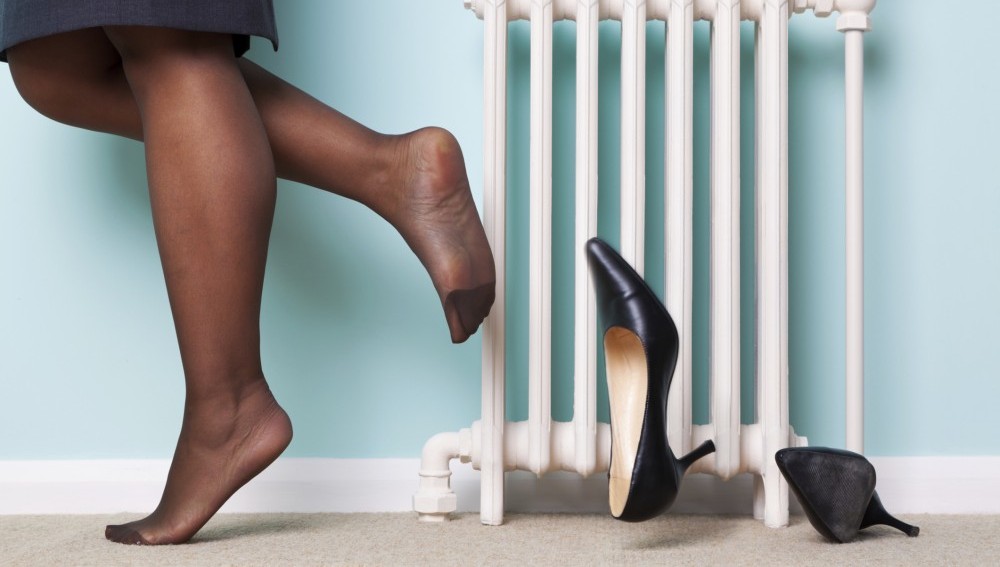The saying ‘one must suffer to be beautiful’ is one that many girls learn growing up. Mothers strapping feet into precariously high heels, sisters squeezing into tight skirts, peering into mirrors as they do so. It is a statement given with the authority of a truth. It glamourises any kind of distortion of bodies, especially women’s’ bodies. Even the statement’s origins in French add an extra sparkle to what is, in reality, a barbaric concept. We are taught that there is some kind of correlation between beauty and pain. The reiteration of this statement – it is something repeated as girls learn the ‘secrets’ of conventional femininity – ingrains the idea that artificial distortions achieve a natural way of looking.
The idea of suffering for beauty has historical precedent, and is found in a multitude of cultures. Until the twentieth century, Chinese women achieved incredibly small feet through the process of foot binding. Young girls’ toes were folded under their feet and bound there. In Europe, women of all sizes were stitched into corsets to create an idealised hourglass figure. Higher class women wore lead paint to achieve pale complexions, and fervently avoided exposure to sunlight so as not to look as if they were outdoor labourers. These distortions were used to create the illusion of an ideal women – each of these manipulations would make women appear beautiful, in the way their specific culture expected them to be.
Today these practices are not so overt, yet they still exist, encouraged by the ideal beauty standards which are disseminate throughout society. Even measures which are seen as common often serve little purpose than creating cosmetic appeal. For instance, many teenagers endure metal contraptions being screwed into their mouths for several years – braces – just to straighten the off snaggletooth and create a uniform smile. Wearing high heels serves no purpose than to make an individual’s legs look help people through what is the painful progress of restricting how much energy you take in. Blisters are an almost anticipated result of wearing towering high heels, and most people can’t keep them on for an entire night out. But this suffering seems to make the final product of attractiveness somehow earnt, or justified.
Suffering to create physical perfection is not only limited to the fashion and beauty industries. Certain art forms prescribe a certain amount of suffering to create award-winning results. In ballet, female dancers wear pointe shoes. These are shoes with hard shanks inside them, designed to take the dancers’ entire body weight onto their toes. The final effect is that of a dancer appearing weightless, as if she is floating. Yet wearing pointe shoes can distort the shape of feet and increase a risk of osteoarthritis. When asked why they go through such pain, many dancers will simply answer that it looks beautiful.
Even concepts of attractivenessoutside of societal ideals correlate suffering and beauty. Tattoos and piercings, which have mixed reception in society – some find them attractive whilst others do not – are created through pain and physical manipulation. Injecting ink under a layer of skin or punching holes into various body parts as decoration does not sound beautiful, yet it creates a desirable effect for many.
Il faut souffrir pour être belle is found in all aspects of history, culture, and society. But that doesn’t explain why we are prepared to suffer to look a certain way.



